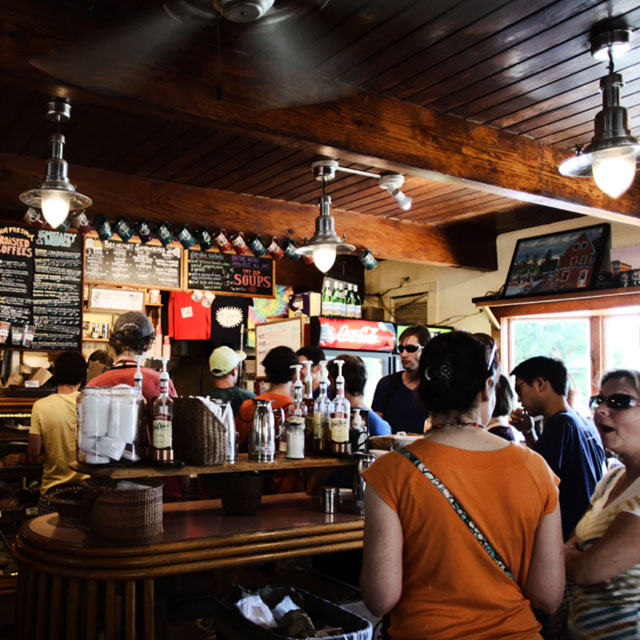
Customer Experience Management is a hot topic. I get a least one invitation a day to a customer experience seminar, workshop or discussion.
Reflecting on the content of these events and having reviewed literature on the subject, it seems that the focus is on improving customer experiences in terms of streamlining transactions between the brand and the consumer and orchestrating key ‘touch-points’.
As part of these concepts, TNS Global has coined the term ‘Situational Equity’, the at-risk moments where there is a gap between what the customer wants and what the brand is able to deliver in terms of pricing, product fit, place and promotion.
Yes, the 4 P’s, so nothing new with that!
The ‘Inside-Out’ perspective of customer experience management still prevails over the ‘Outside-In’ view. In other words, the focus is still on how the brand delivers customers experience, fulfills brand promise and transacts, as opposed to what the customers actually expect. Measurements are on satisfaction and not experience, nevermind expectations. Which brings me to the nub of this blog: without knowing what the customer’s expectations are, how can the right customer experience be delivered?
Smith+Co (2016) touch on the subject of customer expectations, stating that clarity is vital on the following key points before attempting to align or define your customer experience:
What do your target (most profitable) customers expect and are you meeting these expectations?
What do these customers value that drives their retention and advocacy?
Have you created and articulated a brand promise that speaks to these values and differentiates you?
The first point is good council, but the challenge of understanding and meeting expectations is increasingly difficult. The human race has an inherent insatiable appetite for instant gratification and this is being fuelled further by the internet. We live in the ‘Now Society’.
Simply delivering a core product or service is not good enough. It’s increasingly hard to differentiate, particularly as consumers have so much choice, literately at their fingertips. Hence the rise of digital disruptors.
The principle business model these disruptors adopt is that they wrap around traditional products and services facilities that make a consumer’s life better and as a result they are raising the bar of expectations. No market sector is immune. Here are a few examples of industries who have been caught napping:
The Legal Market – customers expect prompt service and value
This is a traditional conservation industry that was thought to be immune from the digital age – and yet take the app ‘Ask a Lawyer’. If you have a car accident you can find a lawyer in the moment who specialises in such matters, one that is available, who gives you immediate advice and then provides navigation to their offices.
In the UK regulation has changed. You don’t have to be a qualified lawyer to provide legal services provided you get a license to practice. This has led to new entrants innovating customer experience and is significantly raising service expectations. Watch out laggard law firms.
The Higher Education Market: customers expect choice and flexibility
Another sector where some thought there was digital immunity.But people are increasingly wanting vocational courses and to be able to take them at their own pace and at a reasonable cost with great teachers.
Udemy provides online certified vocational courses. It was founded only seven years ago. Today it has 8 million students and offers 32,000 courses provided by qualified teachers from all around the world. Making it far bigger than most universities. Udemy is crowdsourcing education. No wonder student applications in traditional universities are declining.
The Brewing Industry: customers want choice
Intelligent X is a new generation of brewers using technology to provide outstanding customer engagement.
Intelligent X gains real-time insight directly from their consumers about their opinions on the beer they are drinking. Consumers are asked for views about their preferences and how the taste of the beers could be improved or ideas on new flavours.
I could cite many more examples, not least the Fintechs such a Monzo, where innovative organisations are improving customer experience by wrapping services around traditional products through knowing and meeting consumer expectations. These business models serve to inform, educate, support, entertain and ingratiate their customers. Therefore, customer expectations will continue to rise.
I leave you with two thoughts:
Don’t try exceeding customer expectations without knowing what they are in the first place, just meeting expectations is a good start.
Don’t embark upon a customer experience strategy without tackling the expectation question first. And rinse and repeat as expectations are on the rise.
About Sitecore
Sitecore is the leader in Customer Experience Platforms. The only integrated experience management platform: Content, data, commerce and delivery in one. Whether you need to manage web content or the entire customer experience, Sitecore products help you to market in context so that you can own the experience.
More info here: https://www.sitecore.net/en-gb/products
Paul will be sharing insights at e3’s next working lunch, at Searcys, The Gherkin, on Nov 8. This is a complimentary invitation for senior brand marketers only. Book your place now to avoid disappointment.